A brief history of surface-to-air missiles (and how they changed air combat)
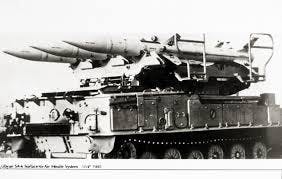
Blog
There are a lot of famous Sams. Sam Gamgee was the real hero of Lord of the Rings (also an unsung talent in dance-pop). Sam Malone was undeniably the hunkiest guy on Cheers. Sam Spade was an iconic, hard-bitten film noir private detective with a nifty overbite. Yosemite Sam was the hootin’est, tootin’est, shootin’est bob-tailed wildcat in the West. But by far the fastest, deadliest SAM in history is the Surface to Air Missile, first developed by the US Army in the 1940s and 1950s in an attempt to defend against Russian bombers.
Aerospace innovation has a long history of changing the world, and in this case, the SAM revolutionized air defense and influenced aviation design, with lingering influences that continue to the present day.
Let’s have a look at how SAM was conceived (get your mind out of the gutter).
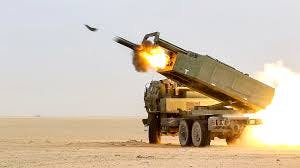
The jet age rendered anti-aircraft guns mostly obsolete
Nearing the end of WWII, radar-guided anti-aircraft (AA) guns were in their initial stages of success. Target tracking was possible with the radar systems of the day, and radio-triggered proximity fuses were used in some cases (though the majority of the “flak” shells used barometric or time-delay fuses).
However, the accuracy of AA gun batteries was still not impressive. Though flak was responsible for roughly half of the Allied air losses, it was terribly inefficient. It has often been said that it took an average of 16,000 88mm anti-aircraft shells to shoot down a single Allied bomber (in 1944 the 128mm AA gun used roughly 3,000 128mm rounds per aircraft shot down). Not to mention that a battery of AA guns is huge and not particularly mobile, and they were shooting at lumbering formations of bombers at known altitudes and trajectories. As rockets and jets became more common and capable, it was clear that a guided rocket (or missile) would be needed to effectively target faster, higher-flying aircraft.
(Today, high-tech AA guns like the CIWS Phalanx are still used for ship- or land-based point defense, but this is a strictly close-range system and is backed up by modern SAMs.)
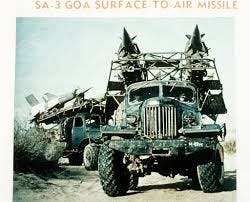
What was the first surface-to-air missile (SAM)?
The first successful surface-to-air missile was the US Army’s Nike Ajax system, test-fired in 1952 and entering production and service in 1954. However, the Germans had flirted with a “flak missile” system during WWII, and Boeing worked with the US Army Air Corps (later changed to the US Air Force) starting in the late 1940s to develop the Ground-to-Air Pilotless Aircraft (GAPA), system which initially showed significant promise. By 1950, over 100 GAPA test rockets had been launched, and one in 1949 set the altitude record for a ramjet-powered aircraft at 59,000 feet (18,000 meters).
However, as is often the case when private aerospace designs compete with government efforts (like in the development of the Sidewinder missile), the GAPA project came up against strong competition from another branch of service. The Army’s Nike missile system, with its larger, longer-range, higher-altitude design, eventually won out over the GAPA.
The Nike system used a 2-stage design, with a solid-fuel first stage burning for around 3-4 seconds, pushing the missile near-vertically at speeds up to Mach 2, at which point the front half/second stage was released, burning jet fuel and red fuming nitric acid, being guided by a ground-based radar/radio control center. Steampunk analog computers ran the guidance system. The Nike Ajax was capable of hitting targets up to 70,000 feet high, and around 27 miles (45 kilometers) away, depending on the altitude. After the second stage engines burned for about 30 seconds, fuel ran out, but the Nike Ajax was still capable of guiding itself to its target.
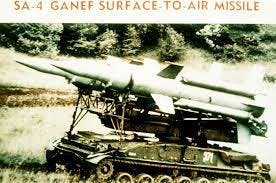
Nike Hercules: the nuclear option
Yep, you read that right. Despite the flurry of aerospace and missile development happening all over the major world powers during the ‘50s, radar technology, specifically its resolution, was not keeping up. The US military became concerned that the Nike Ajax’s radar system would be inadequate for accurately targeting the foreseen large squadrons of inbound Russian bombers, potentially armed with nuclear missiles of their own. The radar systems’ resolution was worse than the effective kill radius of any of the Ajax’s three warheads, so it was feared that the Ajax would possibly pass through the middle of a group of enemy bombers and explode on the other side.
So, what did we do… work on increasing the capability and resolution of our radar systems? Hell no! Let’s install a frickin’ nuclear warhead on the Nike so we don’t have to be so accurate! Just fry the stratosphere into a glowing nuclear wasteland and let the radioactive chips fall where they may.
Entering service in 1958, the “upgraded” SAM was called the Nike Hercules, and since the heavier, nuclear warhead weighed around 1,100 lbs/500kg, the missile necessarily had to be significantly upsized as well, weighing over 10,700 lbs/4,860 kg and measuring 41 feet long. The new design efficiently utilized four of the same solid-fuel rocket motors used for the previous Ajax, but clustered together and fired all at once. The second stage did away with the toxic propellants of the Ajax and utilized a solid-fuel motor that burned for around 30 seconds. The Hercules could hit targets around 93 miles/100 km away, hit speeds of over Mach 3, and reach altitudes of 100,000 feet/34,000 meters. Impressive.
Eventually, cooler/more rational heads prevailed (or at least had a say), and a conventional, non-nuclear warhead variant was put into service, outnumbering the nuclear models by around 3 to 1. This design was sold to America’s allies and remained in service until around 1978 in some locations.
However, no Nike Ajax or Hercules was ever fired in anger. That can’t be said of our next SAM.
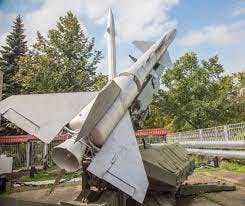
North Vietnam’s S-75 SAM: deadly effective to the present day
The USSR shared much of its war technology with North Vietnam, and by 1957 the Soviets had developed an effective SAM of their own, known as the S-75 Dvina in Vietnam (or C-75 in Russia). The S-75 has the dubious honor of being the first SAM to shoot down an enemy aircraft, when three early variants of the S-75 were fired at a Taiwanese Martin RB-57D Canberra over China on October 7, 1959. The aircraft was hit at over 65,000 feet (20 km), and though the SAM strike was successful, Chinese fighter aircraft were officially credited with the kill in an effort to keep the new SAM’s capabilities secret.
The S-75 was also responsible for shooting down the U-2 spy plane of Francis Gary Powers in 1960, and another U-2 in 1962 during the Cuban Missile Crisis. So, yeah, you could say this design was effective.
The S-75 was continually improved over the years, and was widely deployed by North Vietnam during the Vietnam War. In total, Vietnam launched around 5,800 S-75s at American and South Vietnamese aircraft, shooting down a claimed (by the North Vietnamese) 1,046 aircraft, or around 5.6 missiles per kill. The US disputes these numbers, saying that only 206 aircraft were lost to SAMs. Regardless, it was clear that the new SAM was far more effective than the AA gun batteries of 20 years earlier.
Modern descendants of the S-75 have been used in nearly every conflict since Vietnam where Russa, China, or their allies in the Middle East were involved, and these SAMs are still being fielded by multiple countries.
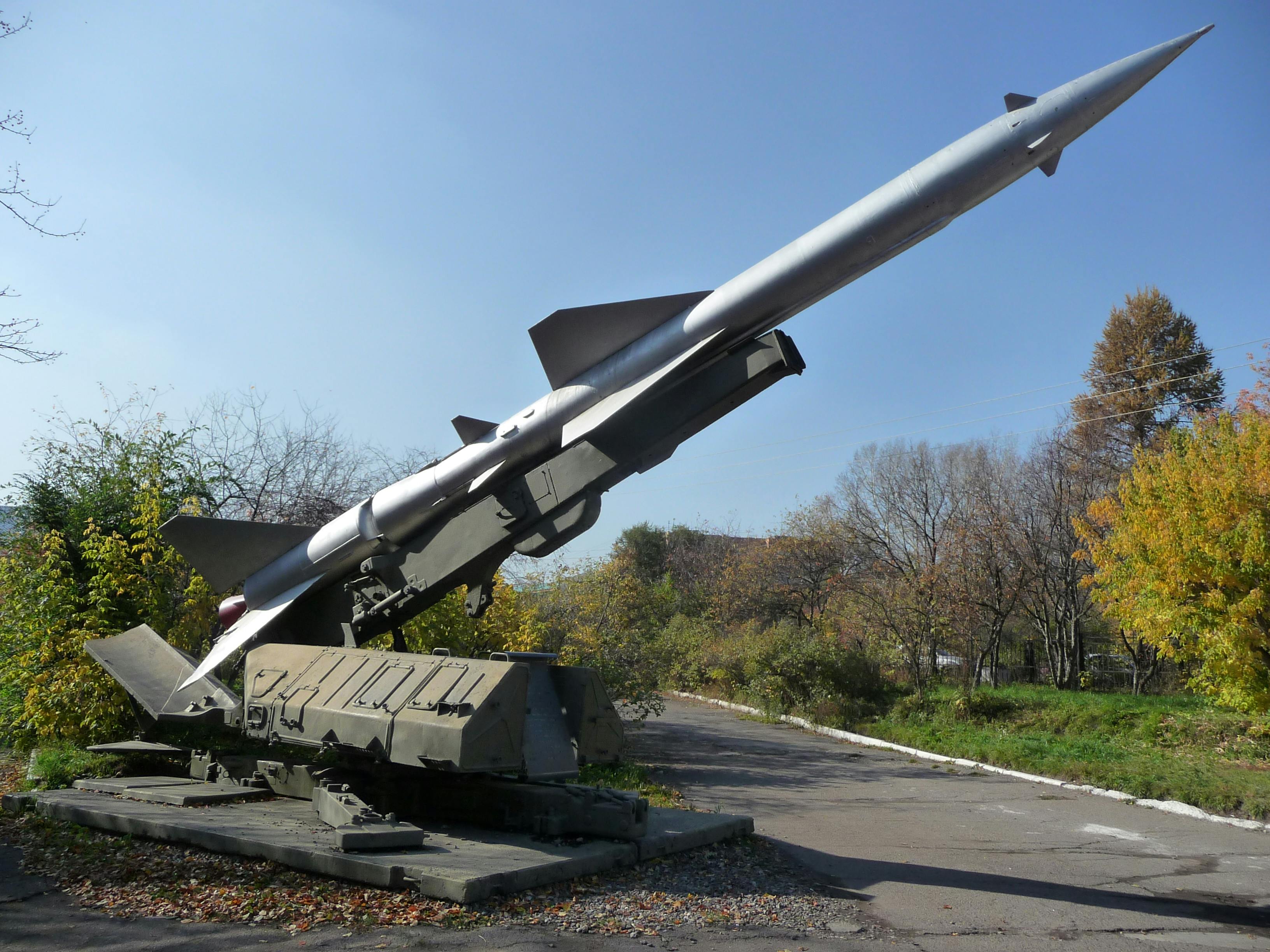
SAM goes on a diet: Bigger, higher, faster becomes smaller, lighter, quicker
In Vietnam the SAM threat became so great that America began developing anti-radar-defense missiles such as the AGM-88 HARM, or High-speed Anti-Radiation Missile, entering service in 1983. This missile uses the enemy’s own air-defense radar signal as a homing beacon, following that beam down to the SAM installation.
Regardless, the “large format” SAM completely changed the aerial warfare strategies of both the Free World and its opponents, and it eventually became clear that high-speed, high-altitude attacks by conventional aircraft were essentially suicidal. This led to the development of low-altitude strike aircraft such as the F-111 Aardvark and the Panavia Tornado, which were equipped with terrain-following radar and other systems to enable them to fly below the enemy radar, rendering conventional, mostly stationary SAM batteries worthless, at least in mobile or up-close-and-personal situations.
This in turn led to the development of lighter, more maneuverable SAM systems such as the Soviet 9K33 Osa, the Raytheon MIM-23 Hawk, the British Rapier, along with man-portable SAM designs such as the famous FIM-92 Stinger, Russia’s 9k34 Strela 3, and Britain’s Starstreak missile system.
Of course, for every technological improvement on one side, there is inevitably a counter-technology improvement on the opposing side, and today SAMs, HARMs, and other systems must navigate a delicate techno-warfare battlespace where Electronic Warfare Systems (EWS) are continually attempting to spoof, fool, disable, or destroy one another, all with little ones and zeros.
So, are SAMs still relevant on today’s battlefield? Absolutely. Airforce-technology.com reports, “SAM technology has been going through a renaissance period during the 21st century. Russia and China have both developed significant ‘counter-counter-measure’ technology, which can seriously degrade the capability of airborne jammers and anti-radiation missiles. The introduction and improvement [of] US and Israeli systems like Patriot and Iron Dome also show the effectiveness of the modern SAM. These make the first Nike Ajax system look like a pea-shooter in comparison. . . . With the rising military power of China and continuing military aspirations of Russia, these capabilities – especially in missile defence – will become ever-more sophisticated. The sixty years that have passed from the first deployment of the Nike Ajax have seen a revolution in the conduct of air operations.”
–By Jeff Davis, Intergalactic Scribe
Sources:
https://hushkit.net/2021/03/25/flak-myth-versus-reality-with-donald-nijboer/
https://en.wikipedia.org/wiki/Surface-to-air_missile